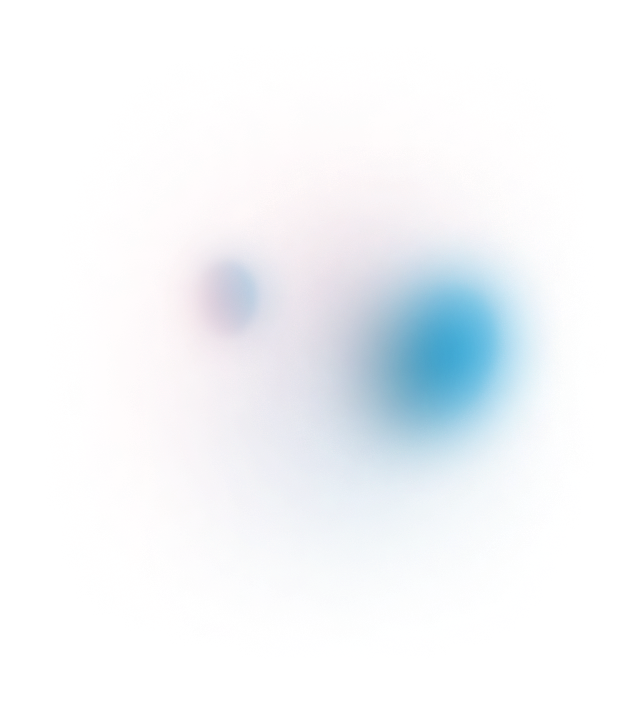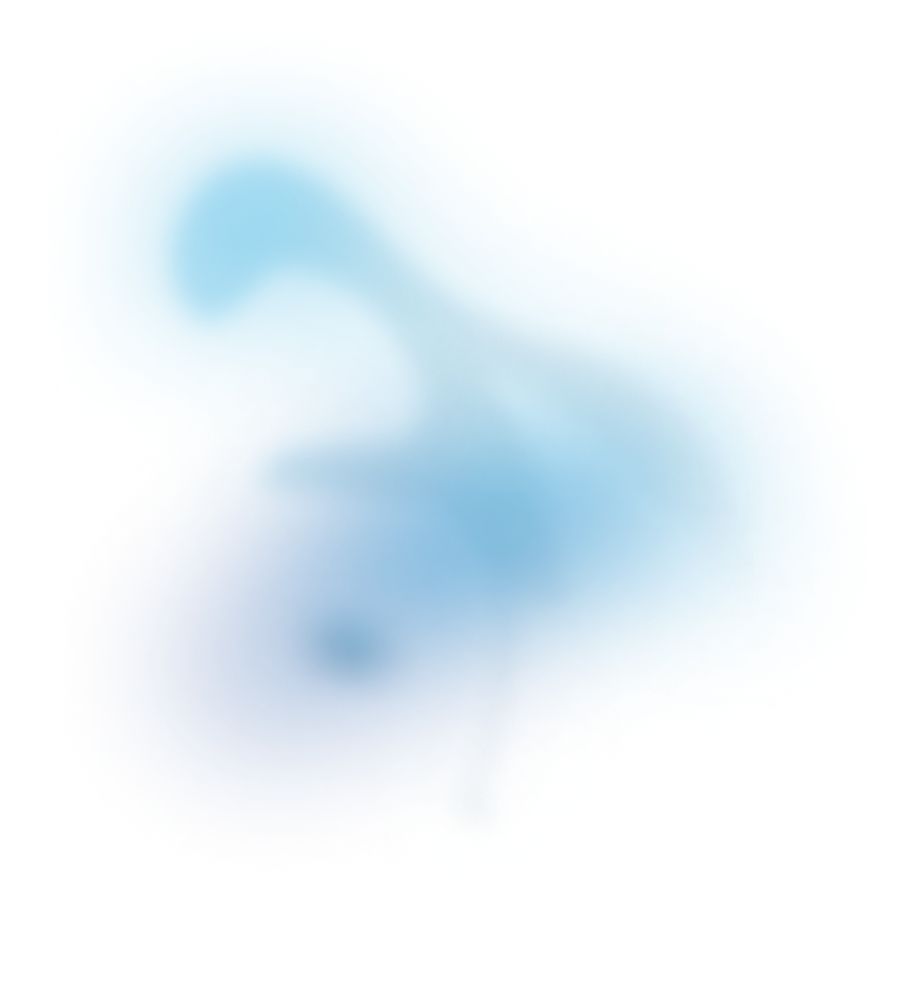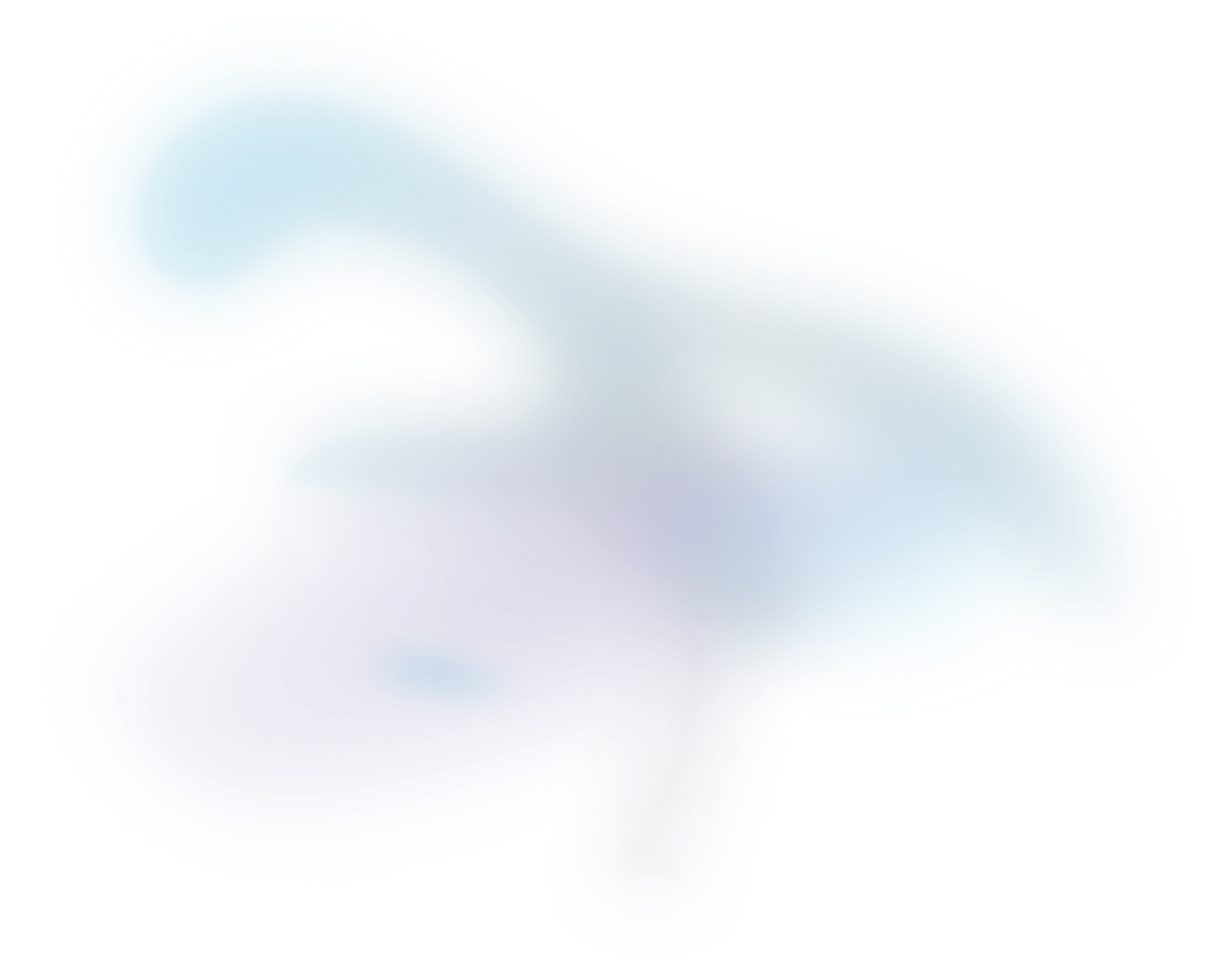

Recap - ASMS 2022
After a pause of two years, the annual American Society for Mass Spectrometry (ASMS) meeting has come and gone. Now that we’ve recovered from the joy of reconnecting with everyone in person again, here’s a recap of what Aspect Analytics presented at Minneapolis in 2022.
Access publication

After a pause of two years, the annual American Society for Mass Spectrometry (ASMS) meeting has come and gone. Now that we’ve recovered from the joy of reconnecting with everyone in person again, here’s a recap of what Aspect Analytics presented at Minneapolis in 2022.
Table of contents
Ahhhh, Minneapolis. City of lakes, cheese curds, the Mall of America, Prince tribute bands, and host of the 70th American Society for Mass Spectrometry (ASMS) annual conference for 2022. Bringing together users of all types - from students to laboratory heads in academic, government and industry - ASMS is the mass spectrometry conference where new products are launched are scientific advances are presented. Basically, anyone who is anyone in the community is there, so Aspect Analytics naturally had a presence.
Below is a recap of Aspect Analytics' presentations in the ASMS scientific program, with links for you to view the material. And yes, there was a Prince tribute band at the conference dinner - but what happens at the conference dinner, stays at the conference dinner.

“Incorporating morphology via deep learning improves classification performance of MALDI imaging for skin lesions”
This was presented by Wanqiu Zhang in the Clinical Analysis: Innovations oral session. Conducted in conjunction with KU Leuven, Frontier Diagnostics LLC and Vanderbilt University, Wanqiu presented how multimodal analysis of histology and mass spectrometry imaging data using deep learning improved classification of melanoma and nevus samples against a unimodal approach. In this work, digital H&E images of melanocytic lesions were annotated by dermatopathologists were used to guide MALDI imaging data acquisition. A pre-trained deep neural network was applied to extract features from the H&E images and later fused with co-registered MALDI imaging data for downstream classification. A SVM model was built to classify (benign) nevus from melanoma, and UMAP performed to visualize high dimensional features from the fused, microscopy only and MALDI imaging only datasets. The results indicated that the multimodal approach resulted in improved classification in terms of both performance and stability, with the UMAP showing improved visual separation between melanoma and nevus in the multimodal pipeline over both unimodal pipelines.
To access the slides from this talk, please go HERE.
“Classification of cirrhotic patient samples based on imaging MS of multiplexed N-glycan markers in biofluids”
Glycopath LLC recently developed the GlycoTyper assay for directly profiling N-glycans of serum glycoproteins using an antibody capture slide array. Aspect Analytics collaborated with GlycoPath to develop a dedicated software pipeline to bring the GlycoTyper workflow to a high-throughput setting. This pipeline automated IMS data extraction, combined MS measurements with patient metadata, and provided data-driven QC and robust machine learning methods to ensure generalizability and reproducibility. Presented by Nico Verbeeck as a poster in the Imaging MS: Computational Methods, Software, and Analysis session, the automated workflow was tested on a preliminary cohort of liver disease patients, comparing 4 different captured glycoproteins IgG and IgG1-3 from the serum of 10 late-stage cirrhotic patients to that of 10 early-stage patients. A linear SVM classification model on the combined N-glycan data of IgG and IgG1-3 in this limited sample dataset showed classifications matching the clinical assessment/state of samples based on the extracted N-glycan peaks.
To view this poster, please go HERE.
Interested in finding out more about either of these presentations? Feel free to contact us.
